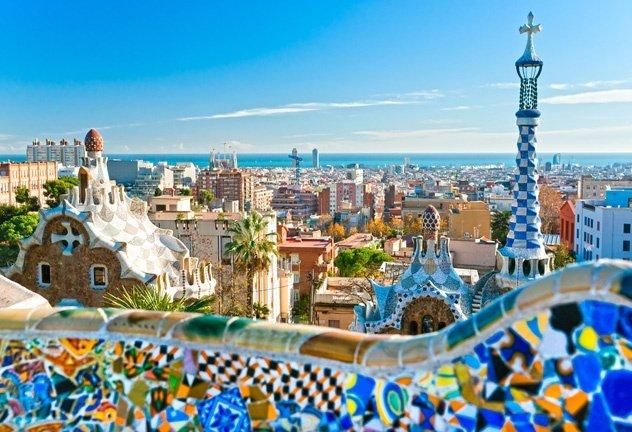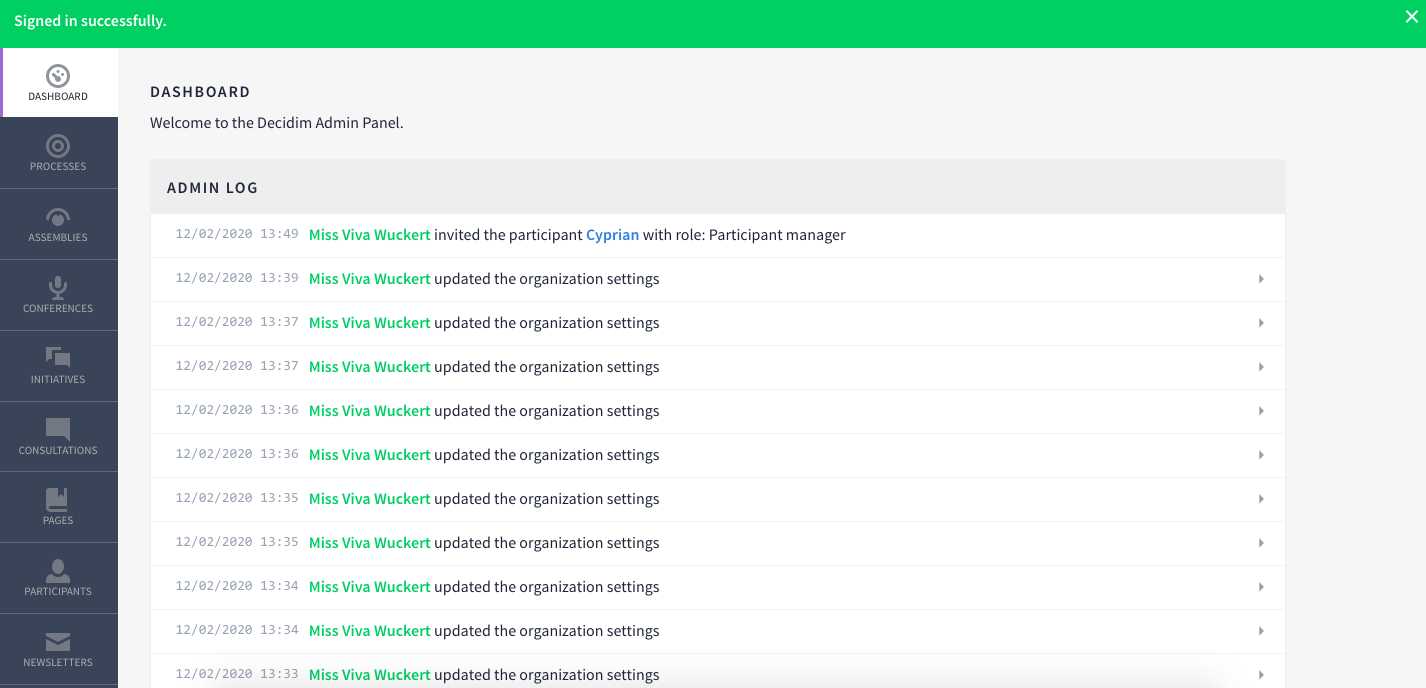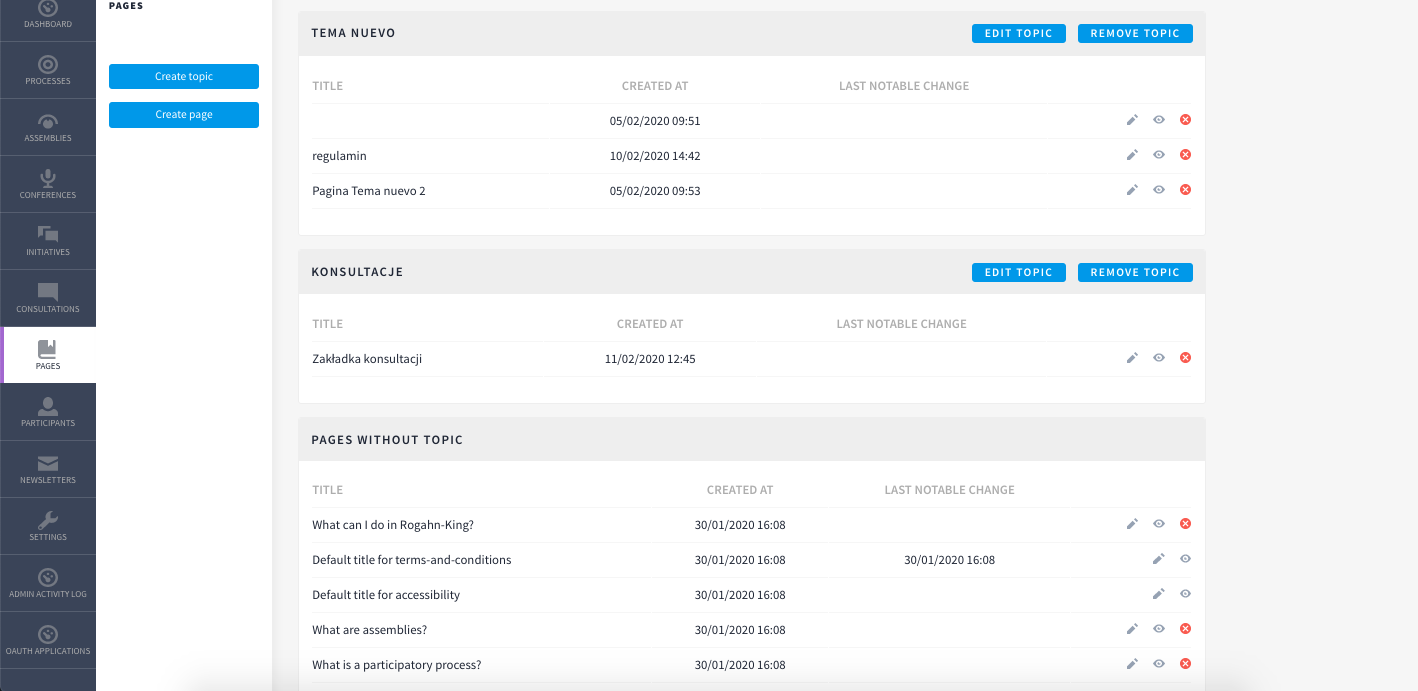Why Barcelona is a smart city beyond its tech

Barcelona has been called Europe's smartest city. What we don't know is that it's all thanks to e-democracy.
Barcelona put itself years ahead of smart city neighbors Copenhagen, Amsterdam and Vienna with its innovative tech: a parking system that guides drivers to available spots, people and weather-adjusting LED lights, smart waste bins that reduce odors… the list goes on.
While the technology alone is certainly impressive, what's particularly interesting is how Barcelona managed to reinvent itself over the past 30 years.
Known as a textile manufacturing and commerce hub, it faced severe economic stagnation and unemployment in the 1980s. So, how did Barcelona use technology, data specifically, to advance so quickly? Did city planners and engineers involve the community and how was it funded?
These questions can be answered by investigating something called e-democracy.
The transformation of Barcelona over the last 30 years has been held up as a model of urban planning and economic regeneration amongst professionals.
“…when you start with technology without a strong idea of why you are deploying the technology, and for what kind of needs, then you only end up solving technology problems." – Francesca Bria, Chief Technology and Digital Innovation Officer, Barcelona
The Robin Hood of Data
Before Barcelona, Bria worked as a staunch advocate of e-democracy: the use of information and communications technology to create channels for public consultation and participation. She completed a PhD in Innovation Economics at Imperial College London, worked for the UK's Nesta and led the EU's D-CENT project which demonstrated how citizens' data needs to be protected and used for their benefit.
As the "Robin Hood of Data", she transformed Barcelona's economy and social profile via improved infrastructure for residents, investors and visitors alike.
Placing 13,000 local tech companies ahead of rich multinationals, Bria's radical e-plan features
- An open, digital marketplace making procurement more transparent while helping small companies compete
- The dissolution of a “vertical" business model where networks don't communicate, consumers are forced into rigid contracts, cities outsource important urban services to mega operators and have no control of their data
- The transfer of data from a partner company to the government to assure privacy and let citizens create value from it
Overall, The Internet of Things (IoT) was Bria's key ingredient: a network of connected, communicating sensors that feed data into the city's larger sensor network called Sentilo. Just one of many examples is their air quality and noise detection sensors which are used to influence city-level policy making.
The effort to use data differently has saved the city roughly €500,000 per year.
Due to a connected sensor system and e-democracy, Barcelona has created 47,000 jobs, reduced energy consumption by 30%, increased water conservation by 5% and saved 52% on parking fees .
To finance the complex and community friendly system, several local and regional stakeholders, (businesses and universities), were involved in the definition and implementation of the design. The Government of Catalonia funded many initiatives and cooperation with other Spanish cities, along with EU support, was crucial in making significant structural and economic changes. One question remains, how exactly are Barcelonians voicing their opinion?
The Decidim Code
In collaboration with civic-coders and cryptographers, Bria helped to establish Decidim or, in English, "We Decide"; an online platform dedicated to helping citizens form new legislation via the use of their data.
Decidim drastically altered policy making: roughly 40,000 residents participated in design consultations, generating 10,860 proposals from locals; of which 8,142 were approved and incorporated into the action plan.
“We are experimenting with a hybrid of online and offline participatory democracy," Bria explains. “We used Decidim to create the government agenda — over 70 per cent of the proposals come directly from citizens..."
Decidim's narrator suggests, “We spend our day on social networks…what if instead of complaining we could connect with different opinions, discuss common concerns and… make real changes in our lives?"
I come from Canada and as far as I know, the closest I can get to influencing the government via tech is through email or an advanced online vote.
I wanted to see Decidim for myself so I tried their demo.
It's simple and easy to navigate. It has a dashboard and activity log that compiles data blended from a range of sources including sensor, healthcare and administrative open data.
From the dashboard, I can use the information for specific purposes — such as informing policy proposals. For example, if I wanted to initiate a vote about whether my neighborhood should have new noise laws according to the detector data, the “Consultations" sub-section would be the place to do it.

Equally interesting is the “Pages" section where I can create an info page or simply list a topic according to data given. The topics can be proposed as questions, I.E.: What is being done about the lack of subsidized apartments in Mount Pleasant?

The city foresees citizens managing data flows through an app in conjunction with DECODE, (an EU project taking on big tech to eliminate middlemen that might exploit citizens' data), and an interface that encourages people voluntarily offer their data to the city to help improve say, city transit. Bria sees DECODE as an ethical way to collect our information:
“There is a crisis of trust. Governments need to reshape their relationships with citizens, and cities are closer to the citizens. Cities also run data-intensive, algorithmic processes: transport, public housing, healthcare, education. This is the level at which a lot of services are run... we want to lead Europe to put forward an alternative model. "
So, what's the best thing about this smart city? Perhaps not their sleek technology but that they are experimenting with a system that lets users adopt data and define their city according to their specific needs. And they want their ideas to spread. Everything Barcelona has developed is open source, and all the code is posted online.
Make data work better for your city. Visit HERE Technologies for ideas and solutions.
Have your say
Sign up for our newsletter
Why sign up:
- Latest offers and discounts
- Tailored content delivered weekly
- Exclusive events
- One click to unsubscribe